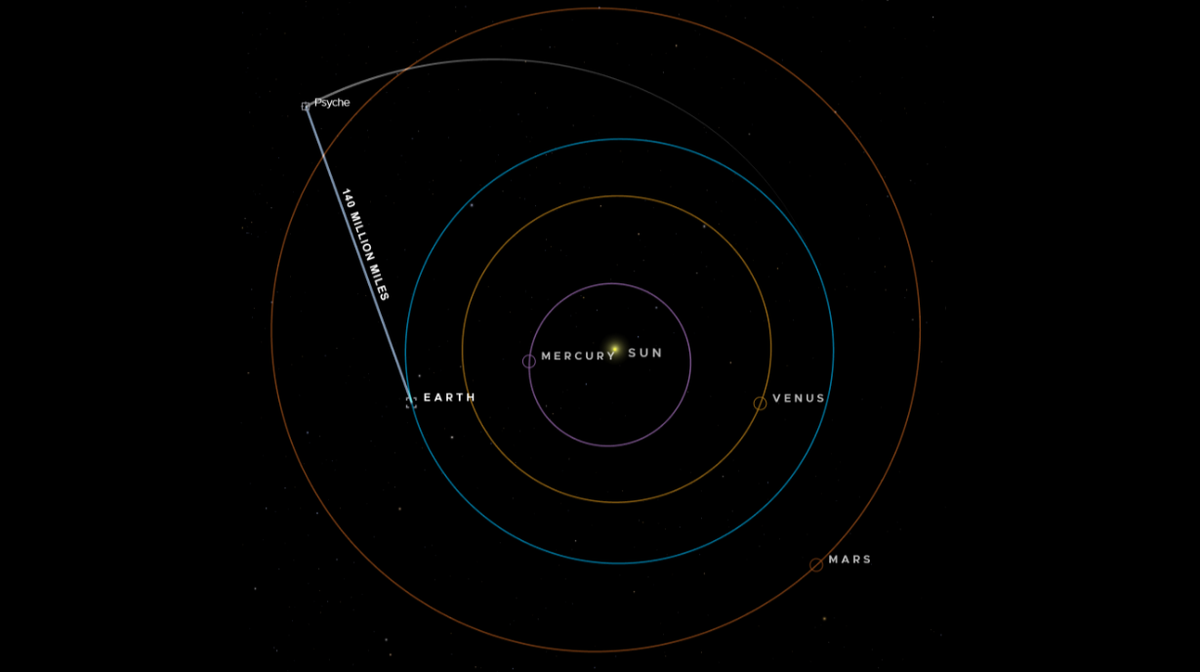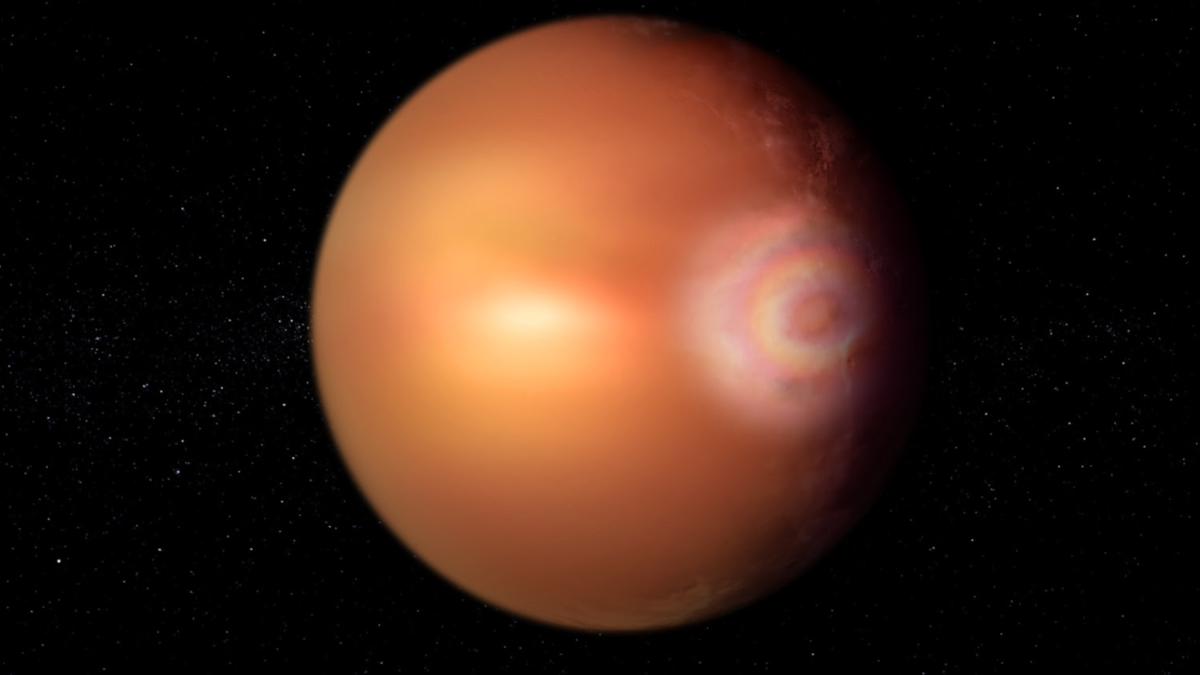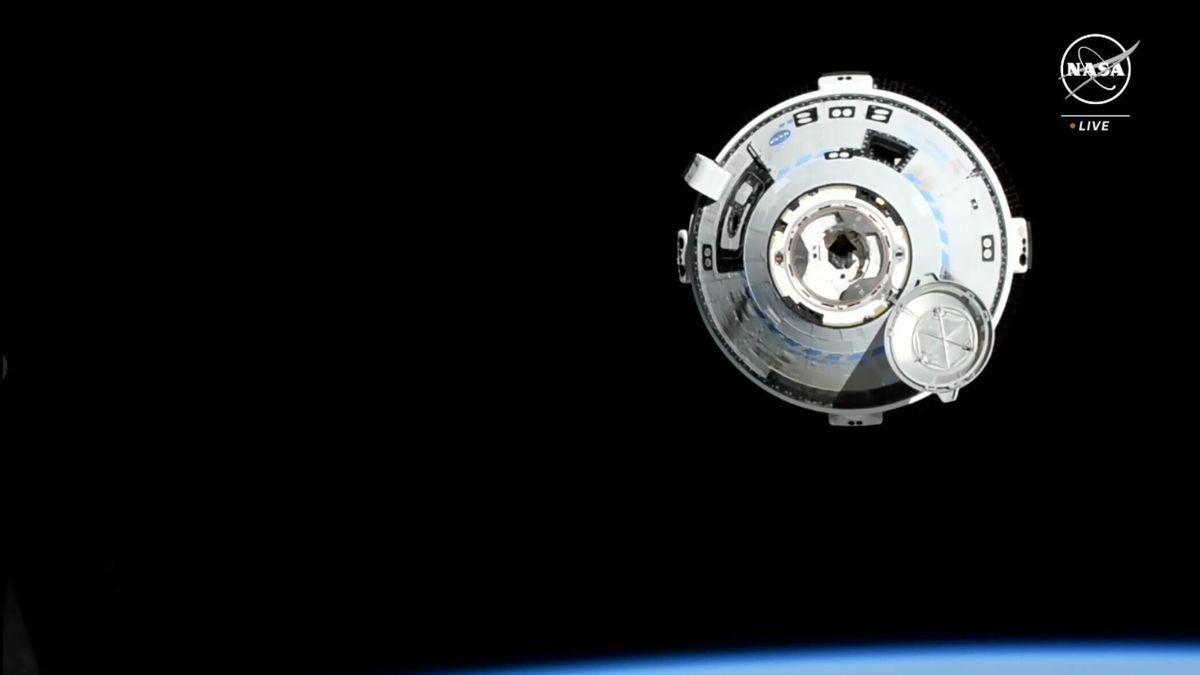NASA’s Psyche Mission and Laser Communications
In the latter part of last year, NASA initiated a highly anticipated space voyage as their scientists set forth a spacecraft on a trajectory towards an asteroid that is speculated to be predominantly composed of metal, a relatively rare composition in the vicinity of our solar system. This robotic trailblazer is dubbed Psyche, with its journey guided by the enormous rock known as Psyche 16. However, apart from its primary goal of studying the asteroid, Psyche also has an ancillary objective: Laser communications.
Among the assortment of equipment on board Psyche dedicated to the study of the asteroid, there lies a technology demonstration module called Deep Space Optical Communications (DSOC). The fundamental aim of DSOC is to demonstrate the feasibility of conducting laser communications across vast cosmic distances, enabling high-bandwidth connections at significantly faster speeds between humans and the probes sent to explore the outer reaches of space. Precisely, the communication rates are expected to be between 10 to 100 times faster than the current standards in place. Remarkably, on April 8, DSOC achieved notable milestones.
Technical Milestones Achieved by DSOC
The DSOC successfully transmitted data from Psyche’s location at the time, approximately 140 million miles (225 million kilometers) away from Earth, which set a record-breaking distance greater than the span between our planet and the sun. Moreover, it effectively relayed information gathered directly from the spacecraft back to Earth. This signifies that the DSOC transceiver established communication with Psyche’s radio transmitter and transmitted concrete engineering data contained within the spacecraft.
Meera Srinivasan, the project’s operations lead at NASA’s Jet Propulsion Laboratory (JPL) in Southern California, elaborated on this accomplishment in a statement. “We downlinked about 10 minutes of duplicated spacecraft data during a pass on April 8,” she stated. The transmitted data was essentially duplicated as the original data from Psyche had already been relayed to ground control using standard radio-frequency communication channels on NASA’s Deep Space Network (DSN). The primary objective was to assess the viability of laser communications to work as efficiently, if not better, than conventional methods.
Significance of the Recent Achievements by DSOC
The successful transmission of duplicated data heralded a significant breakthrough for the experiment. While DSOC has garnered attention for various milestones in recent times, certain limitations were prevalent. For instance, during a previous data transmission from 10 million miles (16 million km) away last November, and a subsequent “turnaround test” where the experiment was pinged with content and the same content was relayed back, DSOC solely dealt with pre-loaded test data and not real-time information.
Srinivasan emphasized the importance of the recent achievements by stating, “This represents a significant milestone for the project by showing how optical communications can interface with a spacecraft’s radio frequency comms system.” The ongoing rate tests conducted by DSOC aim to evaluate and optimize the efficiency of high-speed information exchange over extended cosmic distances.
Testing and Data Transmission
During the recent test on April 8, DSOC did not maximize its data transmission rates like it did for transmitting a video featuring a lovable feline named Taters. The data was channeled to DSOC’s primary downlink ground station at Caltech’s Palomar Observatory in San Diego County, reaching a maximum rate of 25 Mbps. This rate significantly surpassed the project’s minimum goal of at least 1 Mbps for transmissions over such vast distances.
One of the challenges faced by the DSOC team is the reliance on favorable weather conditions for optimal functionality. Unlike conventional DSN communication methods, DSOC operations are affected by meteorological conditions. Ryan Rogalin, the project’s receiver electronics lead at JPL, highlighted these concerns in a statement stating, “We’ve learned a great deal about how far we can push the system when we do have clear skies, although storms have interrupted operations at both Table Mountain and Palomar on occasion.”
Future Prospects and Optimistic Outlook
NASA’s Table Mountain Facility, the location of DSOC’s Ground Laser Transmitter instrument, recently executed a pioneering attempt to synchronize this instrument with DSN’s optical antenna and Palomar’s equipment. The momentous objective was to ascertain the feasibility of seamless transitions between ground stations in cases where adverse weather conditions disrupt operations at a specific site.
The potential implications of advancements in deep space laser communications are far-reaching, with the promise of high-speed connectivity revolutionizing communication between space explorers and Earth. This would facilitate clearer transmission of cosmic imagery, streamline preparations for human expeditions to Mars, and enhance overall scientific endeavors. Ken Andrews, project flight operations lead at JPL, expressed his optimism, stating, “It was a small amount of data downlinked over a short time frame, but the fact we’re doing this now has surpassed all of our expectations.”
Ultimately, the pursuit of laser communications technology may not only lead to groundbreaking scientific discoveries but also pave the way for intriguing possibilities such as intergalactic pet picture transmission.
Image/Photo credit: source url





